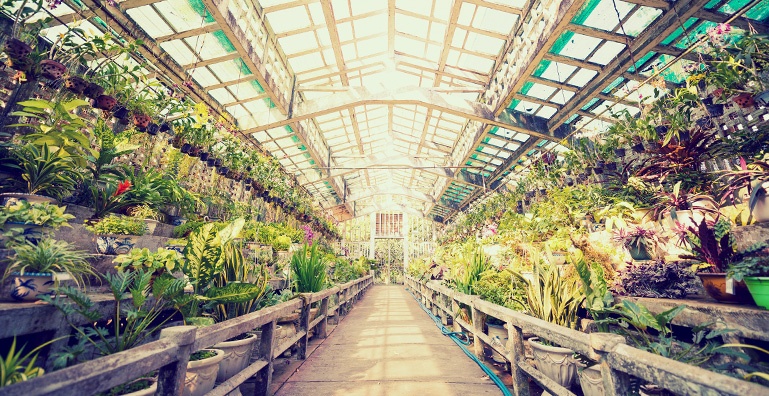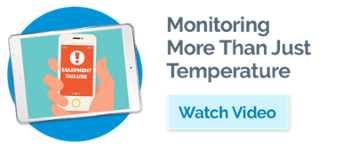
Depending on what plants you have in your greenhouse, there may be a very fine line between temperatures that are acceptable and temperatures that are dangerous. For certain plants, even a brief dip into unfavorable temperatures can be damaging. According to an article from Cell Press, "Plants are incredibly temperature sensitive and can perceive changes of as little as one degree Celsius."
If your greenhouse overheats, for example, it can severly stress plants, causing their leaves to wilt and affecting their ability to produce fruit. Extreme heat also causes soil to dry out quicker and require more water.
For this reason, many growers will use a Sensaphone greenhouse temperature monitoring system. Here are 3 tips for using your Sensaphone system to keep your plants happy and healthy.
Make sure your sensors are placed properly
Making sure your greenhouse maintains a favorable temperature requires an accurate reading at all times. If temperature is not properly reported, it could have an effect on plant yield, health and anthesis.
To get the best temperature monitoring and protection, place sensors at both ends and in the middle of the greenhouse. If you’re still not sure this will be enough, call us to discuss your unique situation, and we will help you find the best solution.
Use your Sensaphone system to monitor equipment
Often, an increase in temperature can be a symptom of a larger problem. If the ambient temperature in a greenhouse goes up, it could be a sign of equipment failure — such as a circulation vent or exhaust fan. This is especially prevalent in spring and summer months when heat can build up in your greenhouse.
By using your Sensaphone system to monitor greenhouse equipment, you are able to correct malfunctions and failures before temperatures rise above acceptable levels. This allows you to do more preventive maintenance, so you can avoid emergency situations.
Use data logging features
Spotting a potential issue is easier when you have the big picture. Using your Sensaphone system as a data logger provides that big picture.
A data logger communicates with sensors at a set interval (say every minute) and records the data. If a greenhouse temperature increases very slightly every day, the change might not be noticeable. However, a data logger monitors trends, so you can inspect areas and equpment that might be flagging potential problems.
In this way, a data logger decreases the need for random checks by personnel and allows for more focused checks on high-risk areas.
For more information about using a Sensaphone system as a greenhouse temperature monitoring system, check out our eBook “5 Environmental Threats to Greenhouses,” or contact us to learn more about your specific needs.








